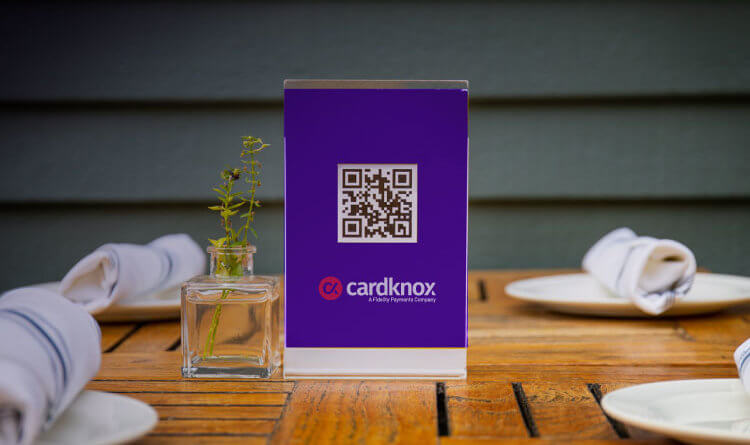Five Ways QR Code Payments Can Reduce Friction
Five Ways QR Code Payments Can Reduce Friction
With the requirement of a special app for scanning, an unobstructed view of the code itself, a steady hand, and a lot of patience for page loading, QR codes never really caught on when they first came on the scene. And just in case you are playing catch up with this whole old, but new again craze, QR codes work by scanning a unique matrix barcode that directs the user to a website. For example, in our line of work, a merchant might utilize QR code payments to direct users to a unique payment site to process transactions. Of course, these codes can also prompt users to download an app, dial a phone number, or a variety of other actions.
Despite their versatility and marketers’ attempts to use them on all the things, the QR code’s full potential was never truly realized. Fast forward to today, however, and you will find that QR codes are a common sight. So what gives?
The proliferation of smartphones combined with widespread mobile internet connectivity and advancements in camera technology have rejuvenated the QR code and prompted greater adoption. According to The State of QR in 2021, produced by EduBirdie, QR code interactions have grown 94% from 2018-2020. And interestingly enough, the growth of interactions per object is also up — meaning that not only are consumers more accustomed to scanning QR codes in general, but they are now more likely to scan a QR code more than once. So it’s safe to say, QR codes have made a huge comeback.
In the world of payment processing, QR code payments have gained popularity for their knack of bringing offline transactions online, simplifying the checkout process, and delivering touchless payment experiences — features that ultimately help reduce friction (read increase sales $$$). With this in mind, you may want to take another look at QR codes and how you can use them in your business. Check out our list below to get you started.
Simplify Bulky Purchases
Say you are shopping at your friendly neighborhood big-box store, and you spot that perfect piece of furniture, appliance, or otherwise large, heavy item on the shelf. Tracking down an associate for help takes time, and loading a bulky item usually isn’t feasible or safe. With a QR code added to the shelf, you can provide convenience for customers. Shoppers can easily scan the code and place an online order for pickup or delivery — allowing them to avoid the hassle when purchasing heavier items.
Reduce Fat-Finger Error
When entering in a 16-digit account number to pay your doctor’s invoice, there is a good chance of fat-finger error, or in other words, making an inevitable typo. As you can imagine, this user error introduces friction, making the process of paying frustrating, and may even lead some patients to skip paying the bill altogether. Enter the QR code and its handy ability to store massive amounts of data. By pre-populating payment forms with commonly used customer data like account numbers, dates of service, and amounts, you increase the speed and accuracy of the transaction while ensuring a frictionless experience.
Promote Health and Safety
In the wake of the pandemic, limiting unnecessary contact to promote health and safety is still top of mind for brick-and-mortar establishments. Many diners now prioritize a restaurant’s cleanliness and distancing policies as key considerations in deciding where to eat. QR codes can help reduce concerns about getting sick with its contactless payment capability. Servers simply present guests with a QR-coded receipt that the customer uses to scan and pay at the table, without either party ever handling a credit card. Some even take this use case a step further by utilizing QR codes to access a food locker for restaurant pickup orders.
Digitize Payments on the Go
As cash usage continues to decline, consumers expect options for digital payment, especially when on the go. Taking payment for drinks at a concert or when offering on-site walking tours is simplified with a QR code set up to drive customers to your payment site. QR codes reduce friction by bringing offline transactions online without the need for traditional payment terminals. Any piece of the payment process that can be sped up or simplified is a win for consumers who prioritize timeliness and convenience when they are on the go.
Cut Down on Wait Times
QR codes can also help you reduce friction and deliver excellent customer experiences by eliminating long lines and wait times for guests. By directing patrons to purchase tickets online using a unique QR code, amusement park guests can skip the line, buying tickets on their smartphones. And who wouldn’t want to skip the line at an amusement park, right?
While QR codes may not have gotten the credit they deserved when first introduced, with advances in technology and contactless payment usage on the rise, they have definitely earned some cool points from our point of view.
Visit our QR code payments page to learn more about Cardknox’s QR code feature or check out our whitepaper, Everything You Should Know About Contactless Payments.


